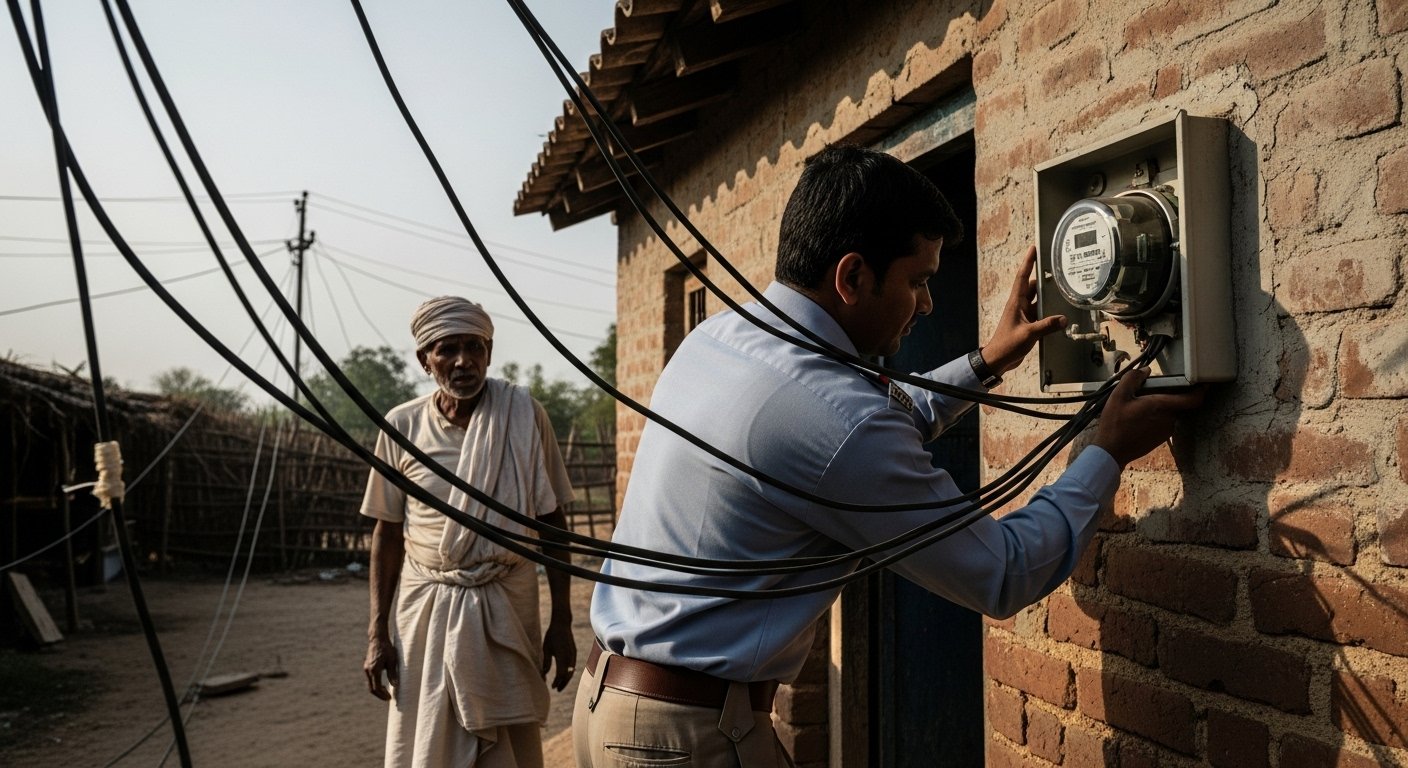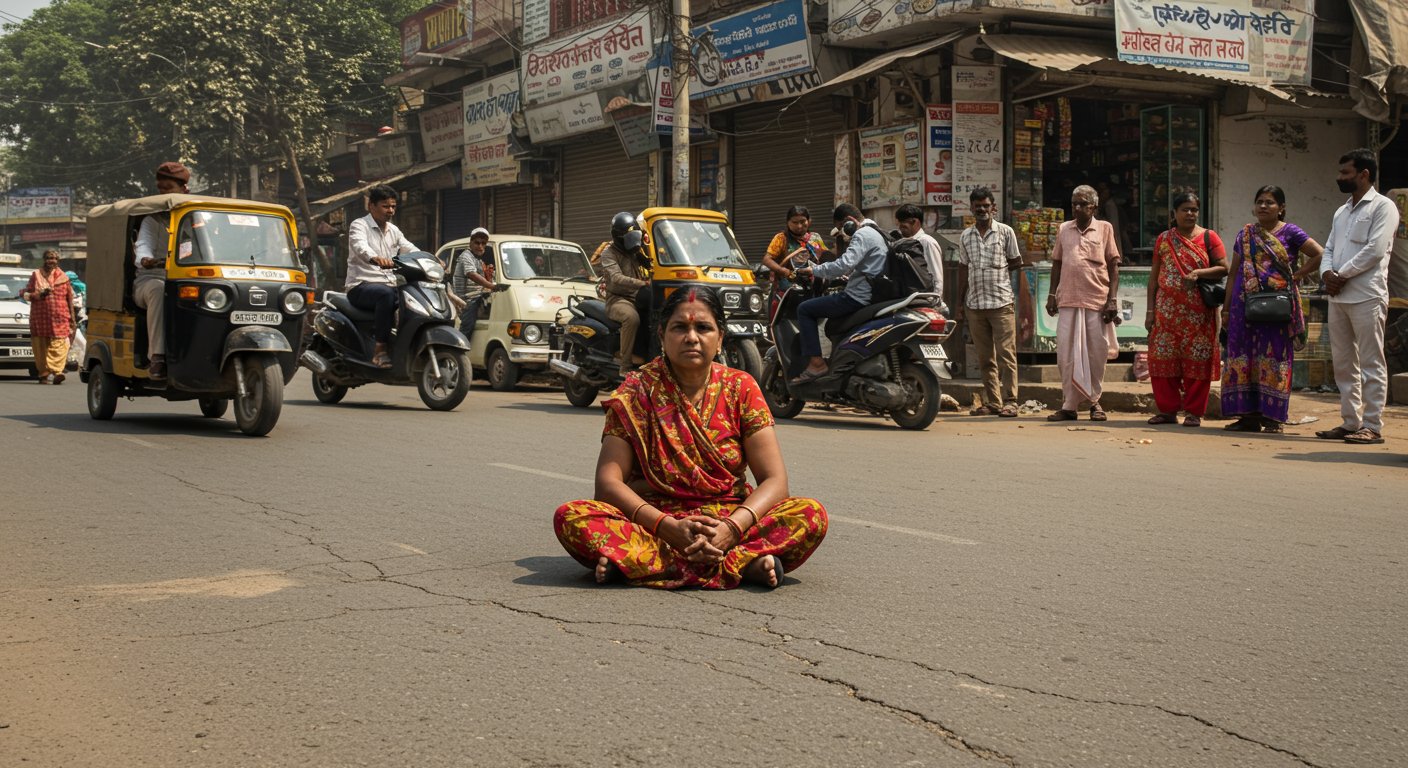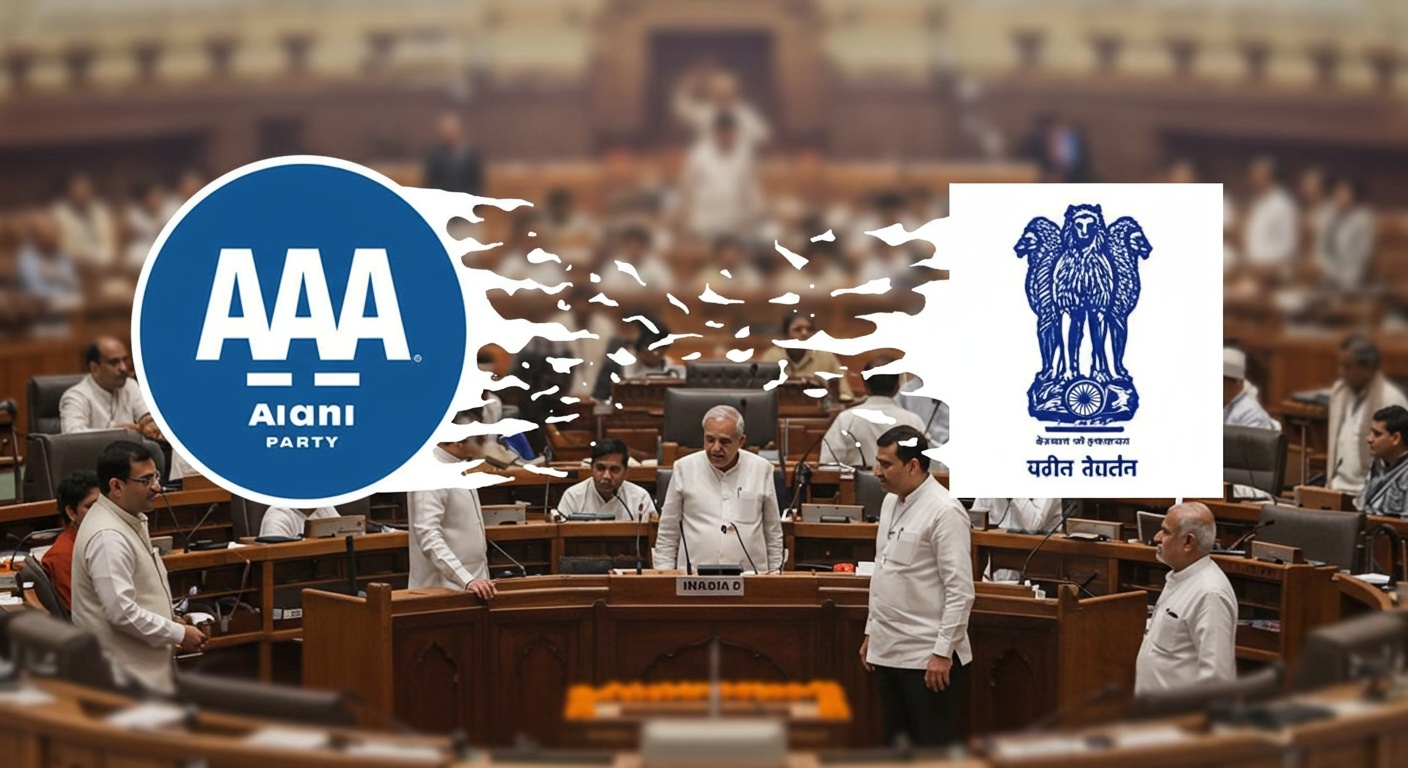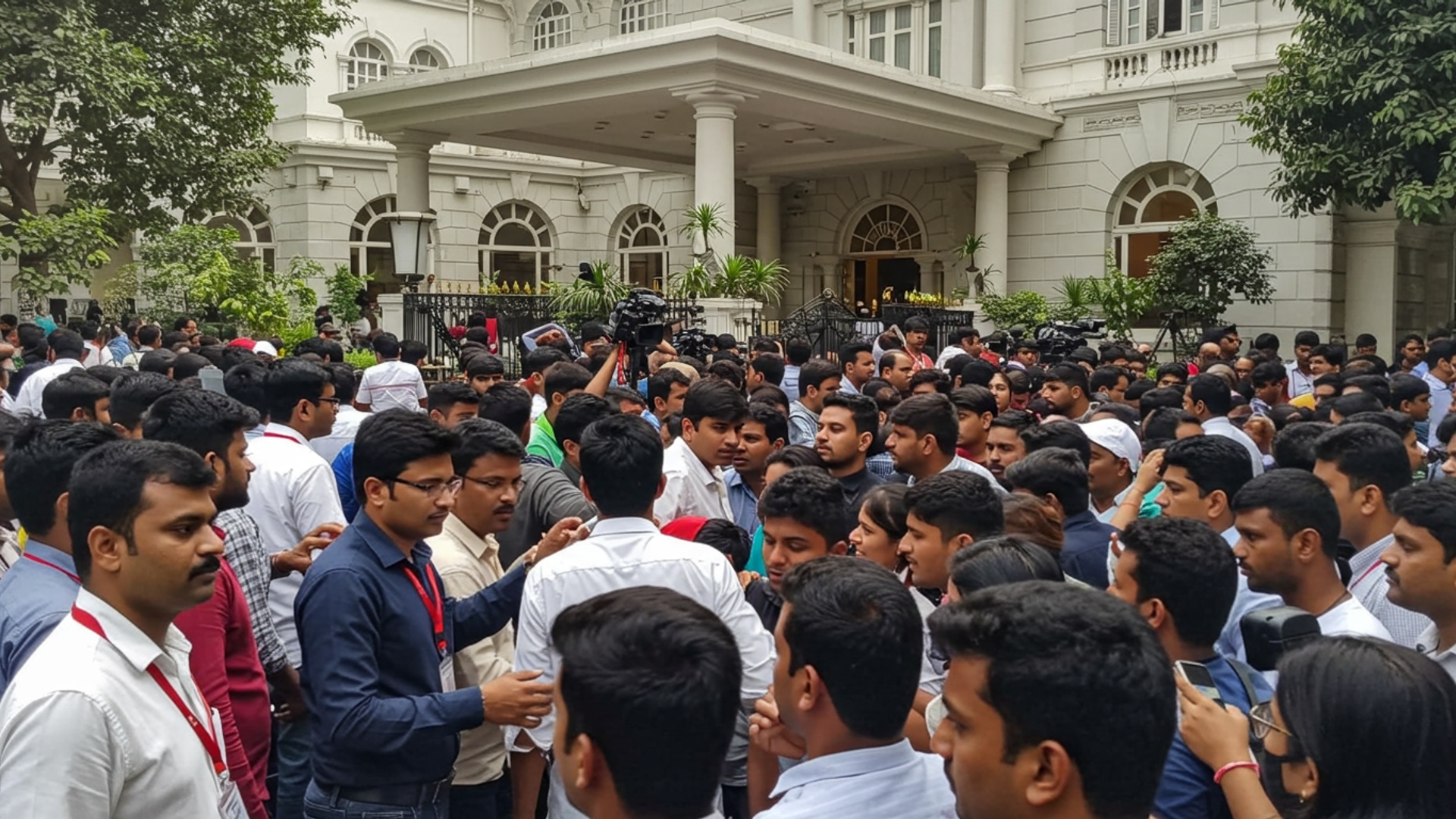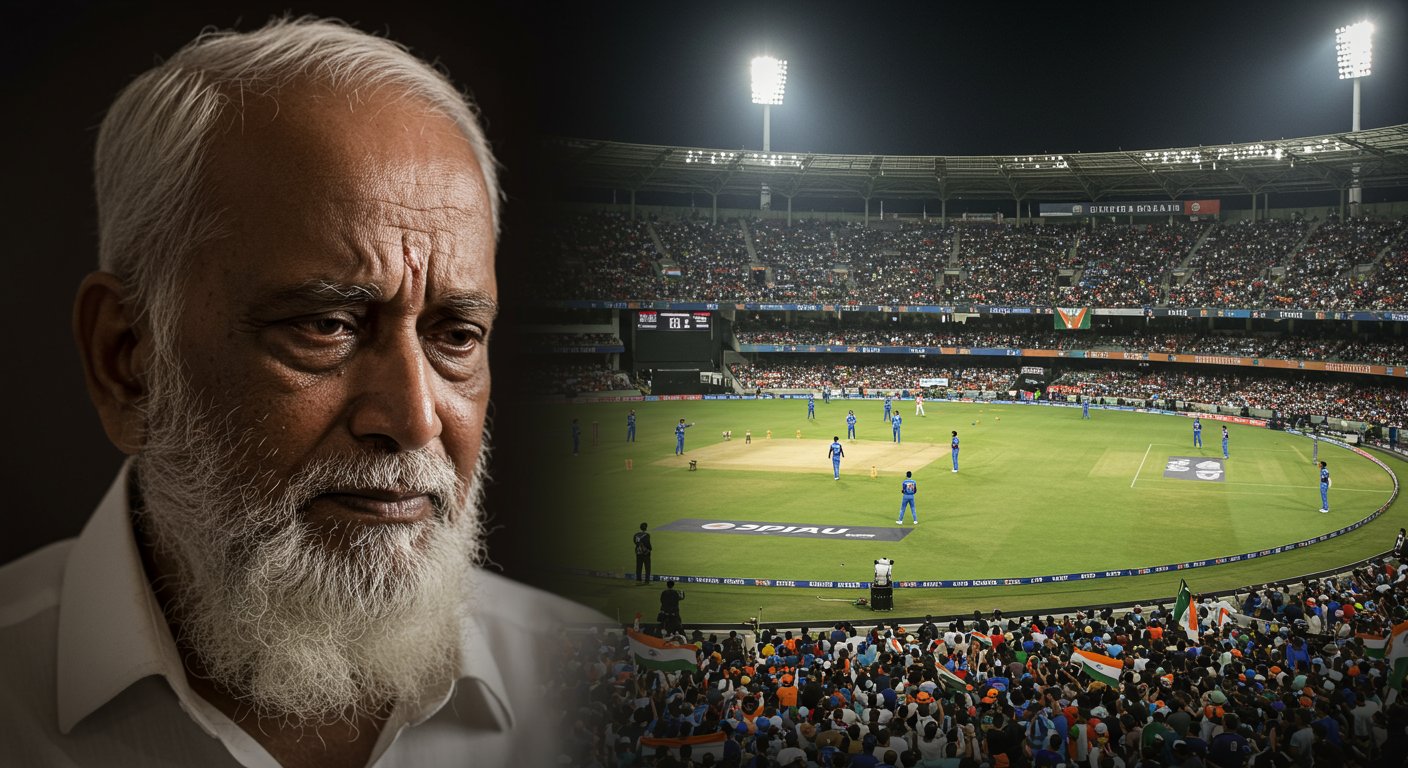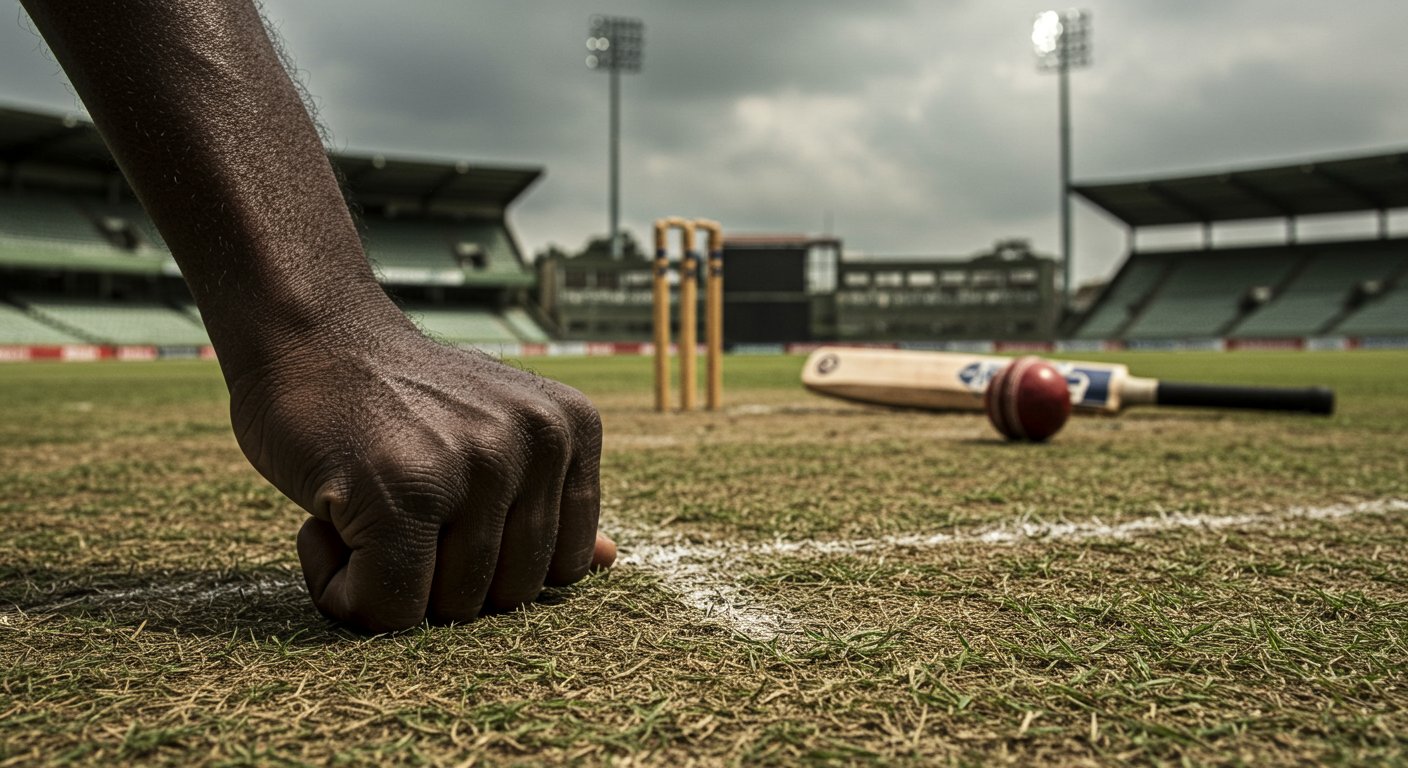A critical setback hits the Polavaram Project today as a major slide affects its crucial cofferdam, sparking urgent concerns about the massive irrigation scheme’s future. The sudden collapse, reported this morning at the project site, threatens to delay the vital multi-purpose dam and impact water supply plans for millions. Engineers are now racing to assess the damage and find a quick fix. this incident casts a big shadow over one of India’s most ambitious water projects, bringing its long-awaited completion into serious doubt.
Major Slide Hits Key Polavaram Dam Component
The ambitious Polavaram irrigation project in Andhra Pradesh has faced another significant setback with a major slide reported at its upper cofferdam. The incident, which occurred on Friday, affects a critical part of the ongoing construction along the Godavari River. This event has raised new concerns about the structural safety of the project, which is considered vital for the region’s water security.
The slide impacted an area roughly 10 feet wide and 7 to 8 feet deep on the upper side of the cofferdam. Following the incident, emergency repair work was started quickly. Project officials have stated that the damaged part has been made stable and that the issue is limited to the upper cofferdam, with no impact further downstream. Vehicle movement has also resumed in the affected area.
Understanding the Polavaram Project
The Polavaram Project is a large multi-purpose irrigation initiative being built on the Godavari River. It is located in the Eluru and East Godavari districts of Andhra Pradesh, India. The Central Government of India has given it “National Project” status, showing its importance to the country.
The main goal of the project is to provide water for farming, drinking. to generate electricity. Once finished, it is expected to bring water to a large area of farmland and help manage water resources across the state. The project’s reservoir will spread a long distance upstream, even reaching into parts of Chhattisgarh and Odisha states.
Over the years, the estimated cost of the Polavaram Project has grown significantly. Initially, in 2004-05, the cost was around 10,151 crore rupees. But, current estimates place the project’s cost at about 55,000 crore rupees. This increase is due to delays, rising costs. unexpected challenges during construction.
As of February 2025, the project was reported to be 55. 90 percent complete. The Chief Minister of Andhra Pradesh, N. Chandrababu Naidu, has set a new target to complete the Polavaram Project by either 2027 or March 2028, highlighting the government’s strong commitment despite the various hurdles.
What is a Cofferdam and Its Purpose?
A cofferdam is a temporary structure built during large water projects like the Polavaram Dam. Its main job is to hold back river water and create a dry area where construction workers can build the main dam structures. In the case of Polavaram, there are both an upper and a lower cofferdam.
These temporary dams are essential for diverting the Godavari River’s flow until the main reservoir and dam components are fully built. They are also crucial for protecting the Earth-Cum-Rock-Fill (ECRF) dam area from floodwaters. Without cofferdams, it would be extremely difficult and unsafe to carry out construction work in the riverbed.
The cofferdam also serves as a path for vehicles to move around the project site, especially towards certain areas like Poshamma Gandi in Alluri Sitarama Raju district.
Immediate Impact and Ongoing Concerns
The recent slide in the upper cofferdam is not just a physical damage; it represents another challenge for the already complex Polavaram Project. The immediate impact includes the need for rapid repair efforts, which were started right away by the project teams. Officials have stated that the damaged part has been made stable.
But, the incident has brought renewed attention to the project’s long history of structural problems. Sources indicate that continuous rainfall over the past ten days led to floodwaters covering the site, making existing seepage issues worse. These persistent problems continue to require water removal operations.
The latest slide occurred in an area of the upper cofferdam that had been strengthened and raised in August 2022, following a similar slide. At that time, its height was increased by two meters and its width by nine meters to prevent serious risks. The fact that the slide happened in this supposedly reinforced section raises questions about whether the previous strengthening measures were fully effective.
Moreover, the damage could delay ongoing works, especially those related to the diaphragm wall. This wall is a key part of the main dam’s foundation and is critical for the project’s completion.
A History of Setbacks and Challenges
The Polavaram Project has faced many difficulties since its beginning. Records show a pattern of structural issues, particularly during times of heavy flooding in the Godavari River.
- In August 2020, severe floods, with a flow of 21 lakh cusecs, damaged a large section of the partially built upper cofferdam. This also caused deep erosion at two places in the diaphragm wall, which is built 90 feet deep into the riverbed. This earlier damage created major challenges for engineers and significantly slowed down progress.
- There have been concerns that the diaphragm wall was built before the cofferdam was fully completed, which made it vulnerable to damage during floods.
- Issues with water seeping from both the upper and lower cofferdams have also been a problem, requiring investigations by expert panels to interpret and address the causes.
“The project has a history of serious setbacks during construction. In August 2020, massive floods with a flow of 21 lakh cusecs washed away the half-built upper cofferdam and caused severe scouring at two points of the diaphragm wall, which had been constructed 90 feet deep into the riverbed. The damage posed a major challenge for engineers and delayed progress considerably.”
The repeated structural issues are leading to questions about the quality of construction and the planning involved, especially given the recurring floods in the Godavari River.
Response and Future Steps
Following the latest slide, project authorities and government officials have acted quickly. Emergency repair teams were sent to the site. they claim to have stabilized the damaged section of the upper cofferdam.
The Godavari water level at Polavaram is currently at +28 meters. Officials have stressed that the problem is localized to the upper cofferdam and that the buttress dam, another key structure, remains sound.
The state government has sought advice from international consultants regarding the project’s issues. These experts have recommended building a new diaphragm wall and strengthening the upper cofferdam. Work on the new diaphragm wall started in January 2025 and is expected to be finished by March 2026.
“Emergency repair works were swiftly undertaken and officials claimed that the damaged section had been stabilised. They said the issue was confined to the upper cofferdam only, with no downstream impact, as the buttress dam remained intact.”
Despite these efforts and the government’s claims of faster progress, critics argue that the actual situation on the ground does not match these claims. Sources also suggest that officials may try to minimize the importance of such incidents to avoid criticism, even as seepage problems continue and floodwaters disrupt construction. The ongoing work on the diaphragm wall, which is crucial for the project’s completion, is now at risk of further delays due to this new damage.
Expert Views and Ongoing Debates
The Polavaram Project has often been at the center of political debate, with different political parties blaming each other for delays and issues. Engineers and experts have also voiced their opinions on the best way forward.
A panel of international experts had confirmed that the diaphragm wall was indeed damaged during past floods because it was built before the cofferdam was finished. This sequencing of construction has been a point of contention.
“The expert team has concluded that the diaphragm wall was damaged during the floods as it was constructed prior to the completion of the cofferdam. We are waiting to hear from the experts who will decide whether the damaged diaphragm wall can be repaired or a new wall needs to be built.”
There are ongoing investigations into the reasons for water seepage from the cofferdams. Authorities are drilling holes and installing sensors to measure pressure and water depth to interpret the problem better. This details will help in designing stronger cofferdams and addressing the seepage issue.
The completion of the Polavaram Project remains a key focus for the state government, which views it as essential for the future of Andhra Pradesh. But, the repeated setbacks, including the latest cofferdam slide, highlight the complex engineering, environmental. financial challenges that continue to face this mega project.
![]()


